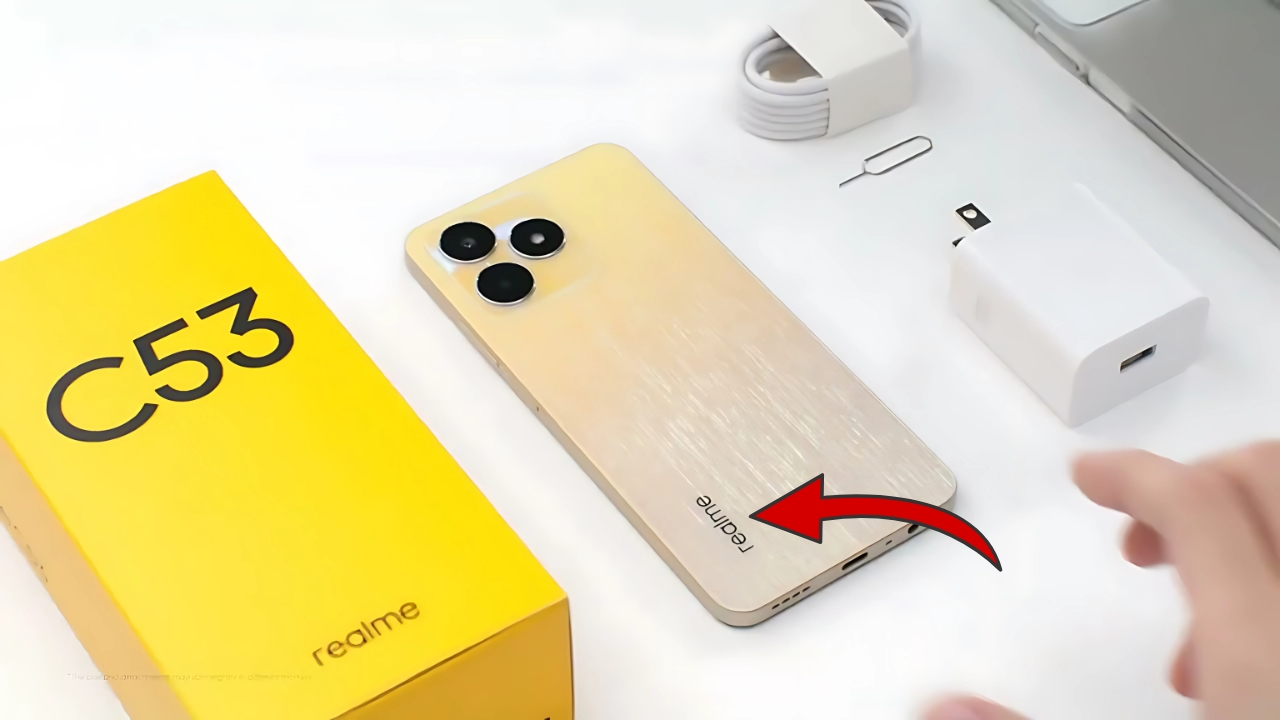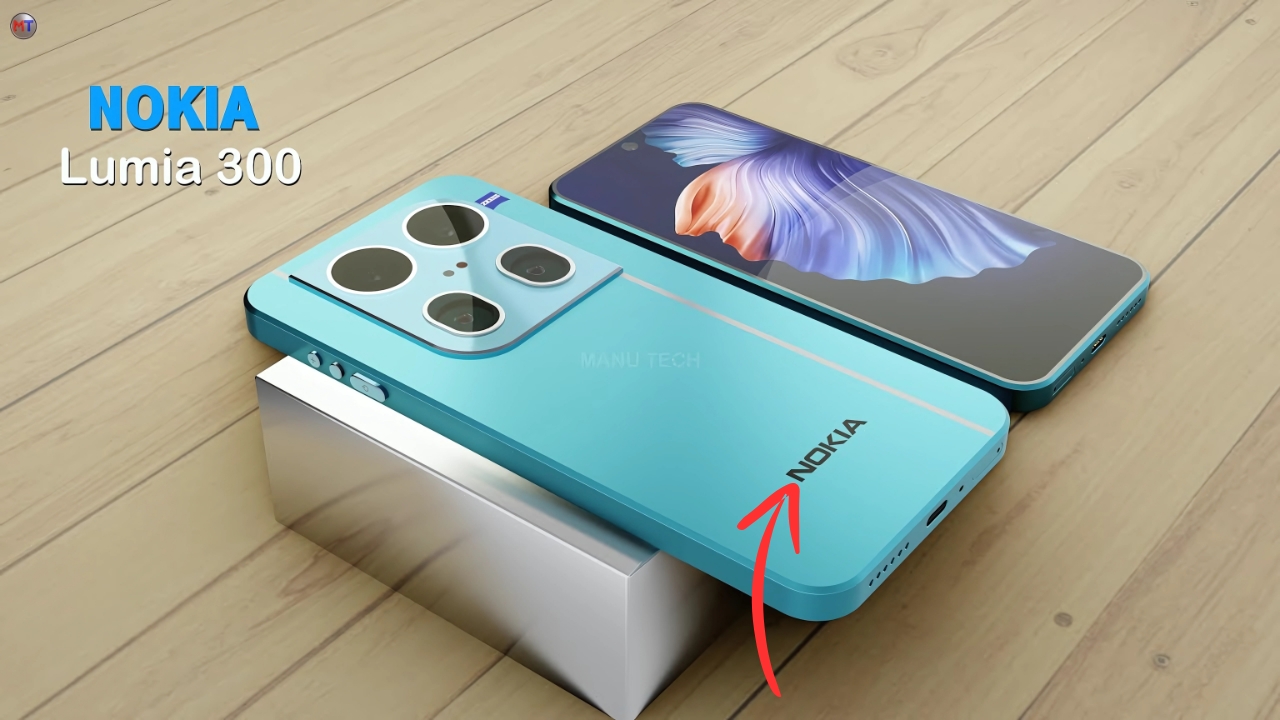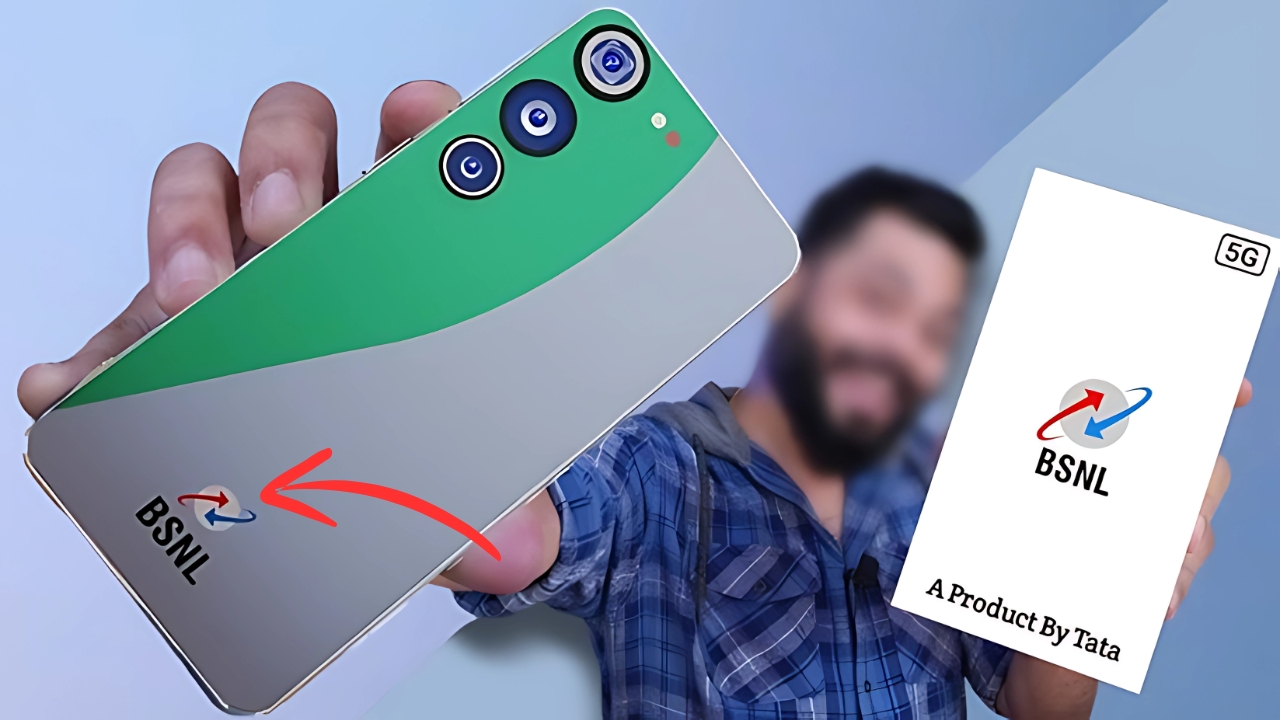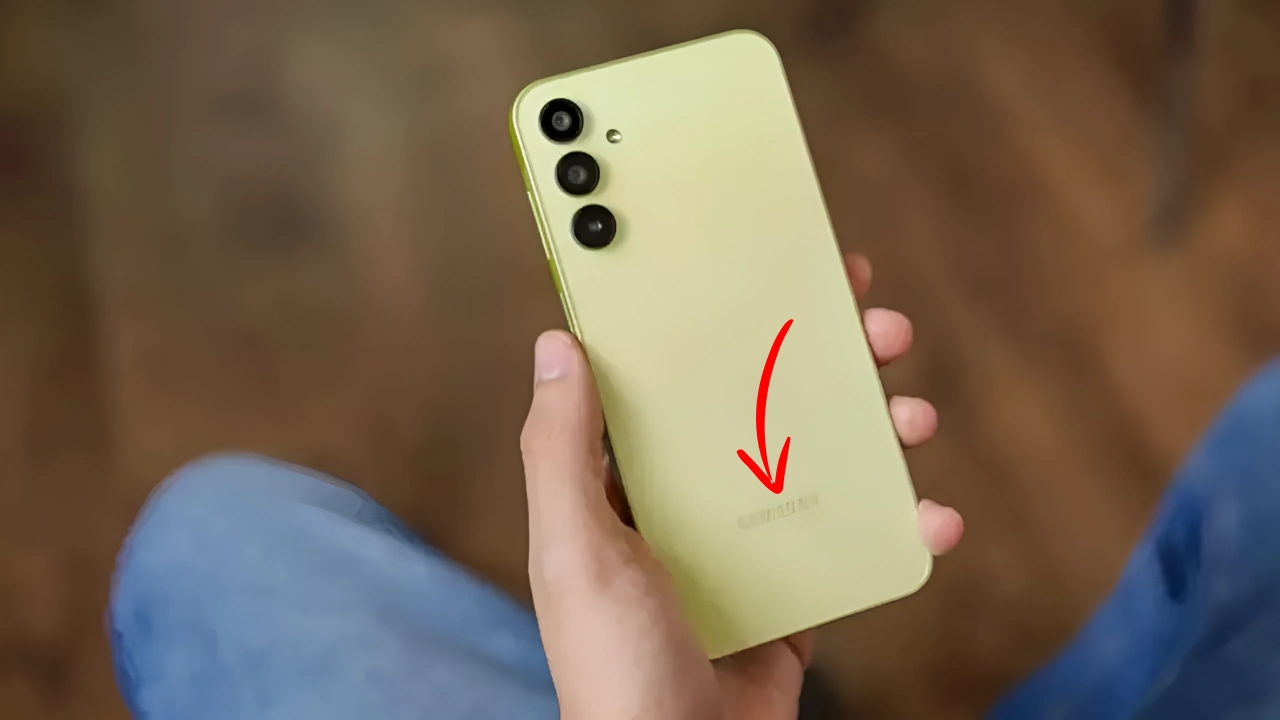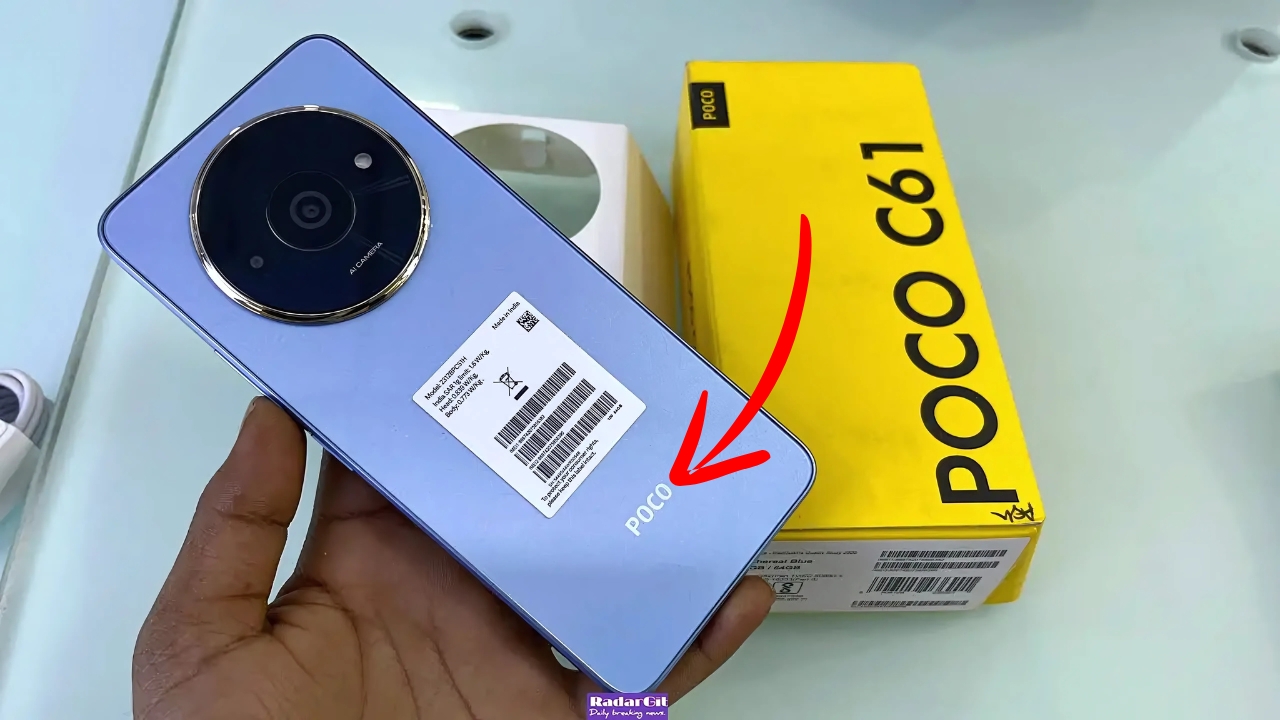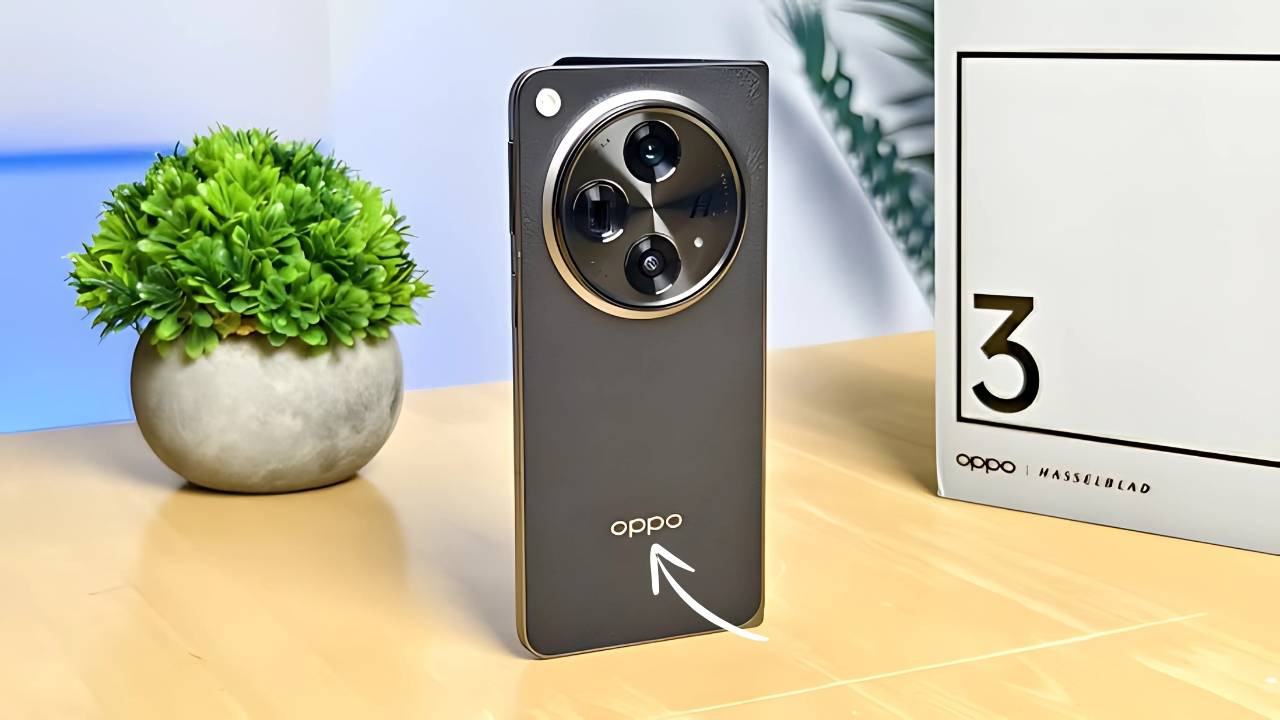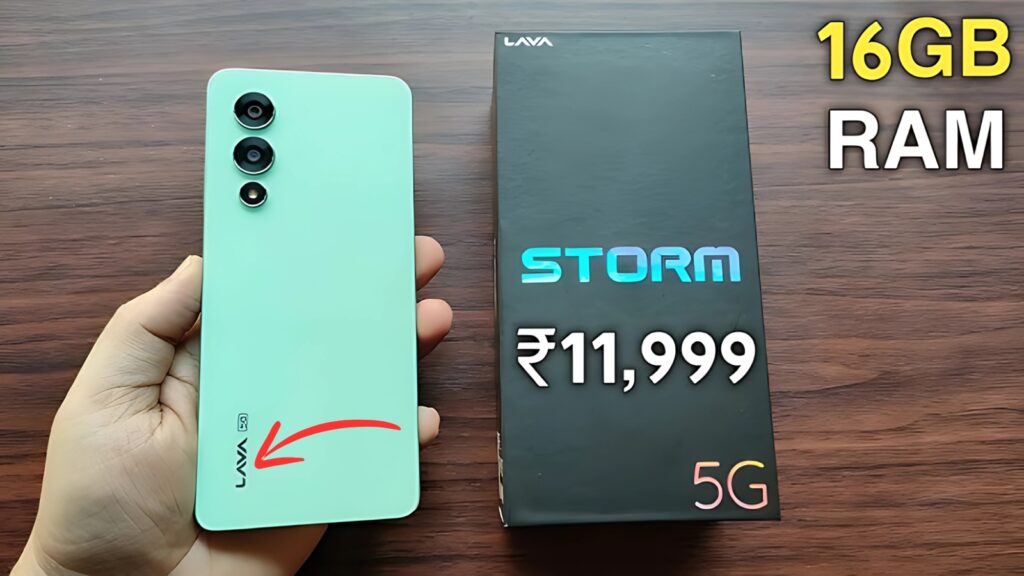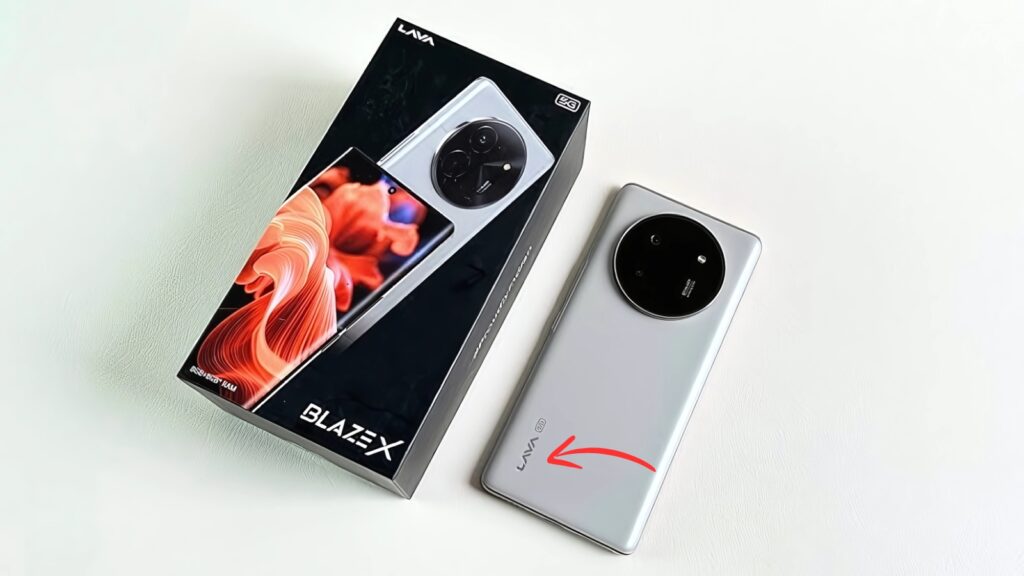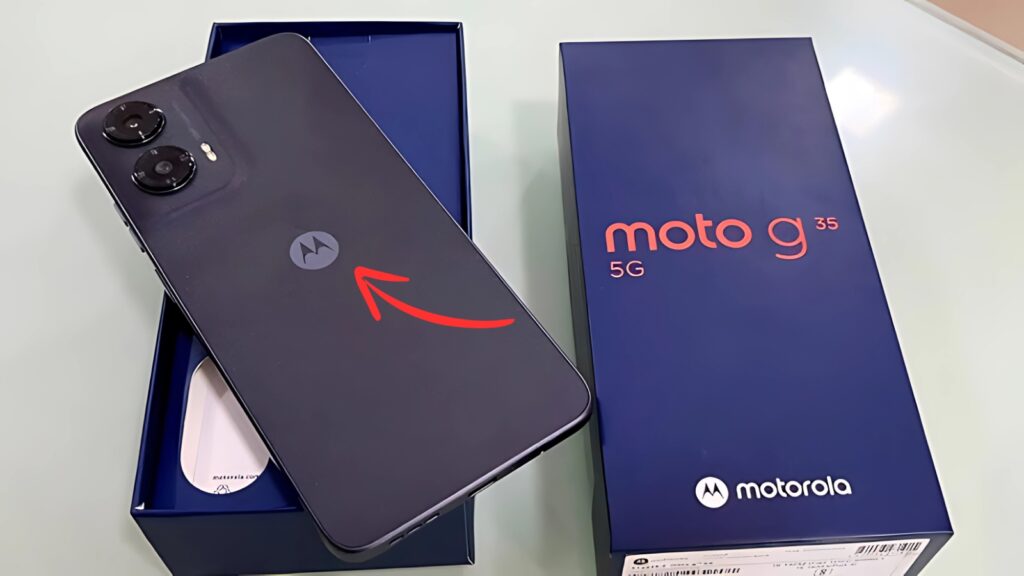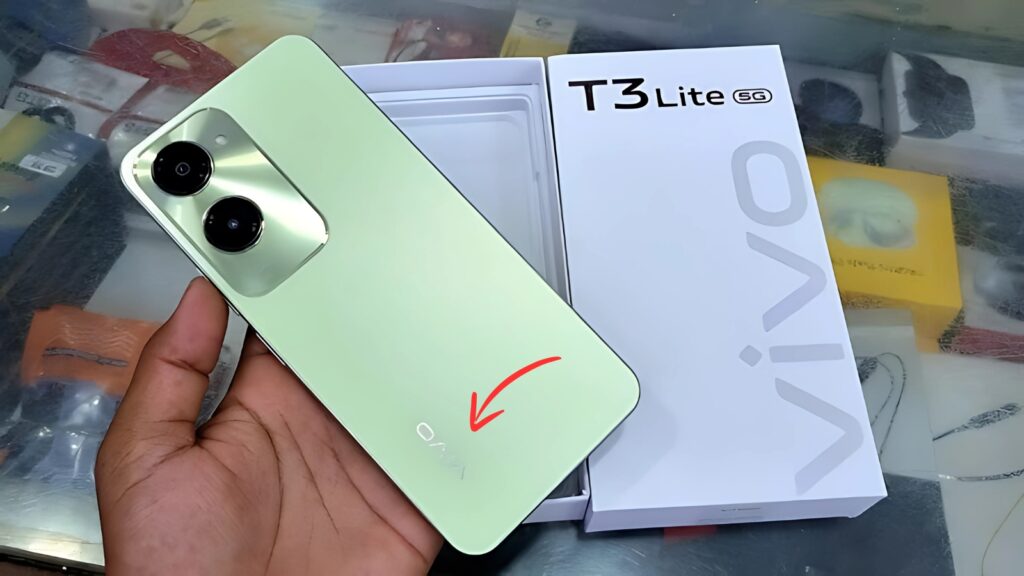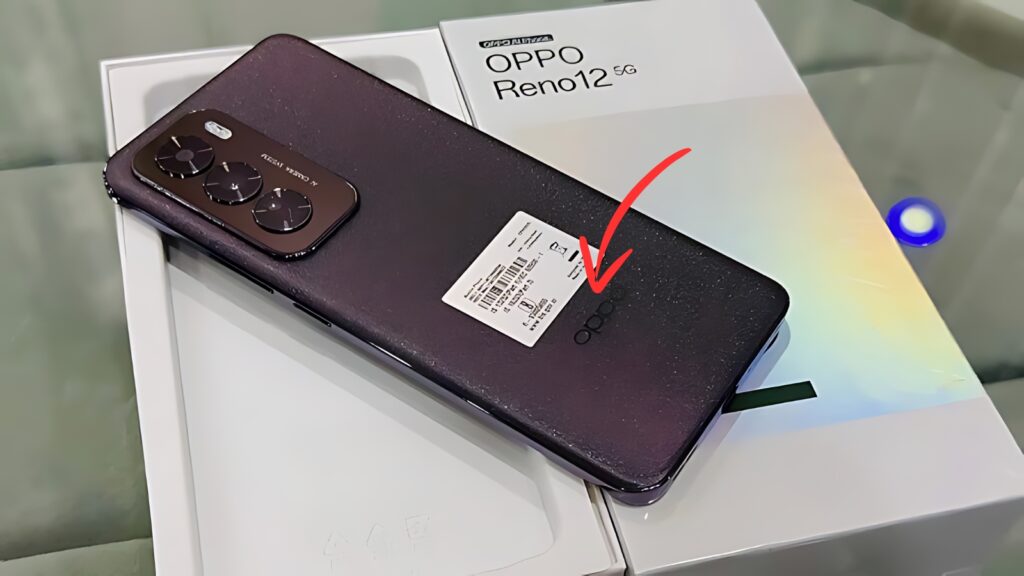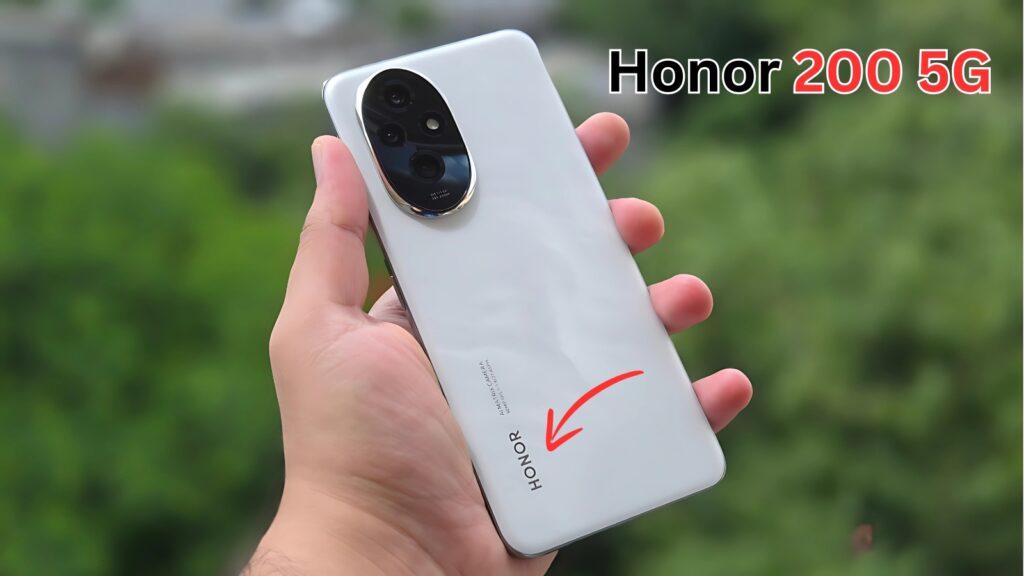Realme C53: In the fiercely competitive landscape of budget smartphones, meaningful differentiation has become increasingly challenging as manufacturers race to offer more features at lower price points.
The Realme C53 emerges as a particularly interesting study in how thoughtful design choices and focused feature prioritization can create a device that stands apart from segment conventions while delivering genuine value to budget-conscious consumers.
Rather than merely competing on specification checklists, Realme has crafted a smartphone that makes deliberate choices to enhance the aspects that most directly impact user satisfaction in daily use.
Realme C53: Design Evolution Premium Aesthetics
The physical design of the C53 immediately challenges budget smartphone conventions through its slim profile and premium visual language.
At just 7.49mm thickness, the device achieves a slimness typically associated with much more expensive offerings—creating both visual distinction and practical benefits through more comfortable handling and pocket-friendly dimensions.
This slender profile required thoughtful engineering to maintain structural integrity and battery capacity, demonstrating Realme’s commitment to elevating design standards in the budget segment.
The rear panel employs a “mini capsule” design element that houses the camera system while creating visual interest without resorting to flashy patterns or gradients that might quickly appear dated.
The “Champion Gold” color option deserves particular mention for its sophisticated appearance that shifts subtly between warm gold and champagne tones depending on lighting conditions.
This finish employs manufacturing techniques previously reserved for more premium devices, delivering visual distinction that exceeds typical expectations in this price range.
Most notably, the design avoids the obvious compromises that often identify budget devices at a glance.
The relatively slim bezels and centered punch-hole camera create a contemporary appearance, while the flat sides with subtle chamfering enhance grip security without appearing derivative of more expensive devices.
These elements combine to create a smartphone that feels intentionally designed rather than merely cost-engineered—a significant achievement at this price point.
Display Experience: Visual Clarity
The front face of the C53 features a 6.74-inch IPS LCD display that demonstrates how thoughtful optimization can create a satisfying visual experience despite budget constraints.
The 90Hz refresh rate represents a particularly valuable inclusion that transforms the perception of device responsiveness through smoother scrolling and animations.
This feature delivers a tangible improvement in daily usability that many users will appreciate more than marginal resolution increases beyond what the human eye can discern at typical viewing distances.
The 560 nits peak brightness exceeds typical budget offerings, providing adequate visibility even in challenging outdoor lighting conditions—an important practical consideration for a device likely to serve as its owner’s primary computing device across varied environments.
The 180Hz touch sampling rate similarly enhances the perception of responsiveness during typing and gaming, creating a more premium-feeling interaction despite the device’s budget positioning.
Resolution remains at HD+ (1600 × 720) rather than Full HD, representing a sensible compromise that balances visual clarity with performance and battery efficiency.
This decision acknowledges that for most budget smartphone users, smooth performance and extended battery life typically provide more satisfaction than marginal resolution increases that consume additional processing power and energy while delivering diminishing real-world benefits.
Performance Balance: Everyday Capability
Powering the C53 is the Unisoc T612 platform—an octa-core processor that balances adequate performance for everyday tasks with power efficiency that benefits battery life.
The 12nm manufacturing process and configuration combining two Cortex-A75 performance cores with six efficiency-focused Cortex-A55 cores create a balanced architecture suitable for typical usage patterns in this segment.
Memory configurations starting at 4GB RAM with options up to 6GB provide adequate headroom for essential multitasking, while the 128GB storage capacity significantly exceeds budget standards—eliminating the storage anxiety that plagued earlier generations of affordable smartphones.
The inclusion of storage expansion through microSD further enhances long-term usability, allowing users to adapt capacity as their needs evolve without requiring device replacement.
Most importantly, the software optimization demonstrates significant attention to creating a responsive experience despite hardware limitations.
The lightweight UI removes unnecessary animations and background processes that can consume resources without adding meaningful functionality.
This focused approach delivers consistent performance for essential tasks rather than attempting to match flagship capabilities across all scenarios—a practical philosophy that acknowledges typical usage patterns for budget devices.
Technical Specifications and Features
| Feature | Specification |
|---|---|
| Display | 6.74″ IPS LCD, HD+ (1600 × 720), 90Hz refresh rate, 560 nits peak brightness |
| Processor | Unisoc T612 (12nm) Octa-core (2×1.8 GHz Cortex-A75 & 6×1.8 GHz Cortex-A55) |
| RAM | 4GB/6GB (expandable via Dynamic RAM Expansion) |
| Storage | 128GB (expandable via microSD) |
| Rear Camera | 50MP main (f/1.8), 0.3MP depth sensor |
| Front Camera | 8MP (f/2.0) |
| Battery | 5000mAh with 18W fast charging support |
| Operating System | Realme UI T based on Android 13 |
| Connectivity | 4G LTE, Wi-Fi 802.11 b/g/n, Bluetooth 5.0, GPS |
| Audio | 3.5mm headphone jack, single speaker |
| Biometrics | Side-mounted fingerprint sensor, face unlock |
| Dimensions | 167.2 × 76.7 × 7.49mm |
| Weight | 182g |
| Colors | Champion Gold, Mighty Black |
| Special Features | Mini Capsule feature, 45-day battery standby, IP54 splash resistance |
Camera Capabilities: Focused Functionality
The imaging system of the C53 demonstrates Realme’s understanding of how budget smartphones are actually used for photography.
Rather than including multiple low-resolution sensors for marketing purposes, the device focuses resources on a capable 50MP primary camera that delivers good results in adequate lighting.
This approach acknowledges that most users rely predominantly on the main camera, making its quality far more important than the presence of specialized lenses that often deliver compromised results in budget implementations.
The main sensor employs pixel-binning technology to balance detail with light sensitivity, producing 12.5MP images with improved dynamic range and noise handling compared to standard processing.
The larger sensor size relative to typical budget offerings enables better low-light gathering capability, addressing a common pain point in affordable smartphones that often struggle in dimmer environments.
The front-facing 8MP camera similarly prioritizes practical results over specification extremes, providing adequate detail for social media sharing and video calls—primary use cases for selfie cameras in this segment.
The portrait mode software demonstrates reasonable edge detection for background blur effects, enhancing creative possibilities without requiring additional dedicated sensors.
Video capabilities remain appropriately modest with 1080p recording at 30fps, acknowledging the processing limitations of the platform while providing sufficient quality for casual documentation and social sharing.
The electronic stabilization helps improve footage usability despite the absence of optical stabilization—another thoughtful compromise that delivers practical benefits within technical constraints.
Battery Endurance: Practical Longevity
The 5000mAh battery capacity represents a significant advantage in the budget segment, where devices often serve as their owners’ primary computing devices throughout extended days.
Under typical mixed usage including social media, photography, occasional gaming, and video consumption, the C53 consistently delivers full-day endurance with capacity to spare—eliminating the range anxiety that can compromise user experience in less efficiently designed devices.
The 18W charging support, while modest by current standards, provides reasonable replenishment times that align with typical overnight charging patterns.
The inclusion of a compatible charger in the retail package further enhances value by eliminating the need for separate purchases—an increasingly rare practice even in more premium segments.
Perhaps most impressively, the standby efficiency enables up to 45 days of battery retention when not in active use.
This characteristic proves particularly valuable for users who may employ the device as a secondary phone or during intermittent usage scenarios, maintaining functionality without requiring constant attention to charging status.
Key Points About the Realme C53
-
Exceptional Slim Design – 7.49mm profile delivers premium aesthetics and handling comfort
-
Extended Battery Life – 5000mAh capacity with optimized efficiency provides reliable endurance
-
Generous Storage – 128GB standard capacity eliminates common budget constraint
-
Smooth Visual Experience – 90Hz refresh rate enhances perceived responsiveness
-
Capable Primary Camera – 50MP sensor prioritizes main camera quality over multiple mediocre lenses
-
Software Optimization – Lightweight UI focuses resources on responsive performance
-
Practical Expansion – MicroSD support and Dynamic RAM feature provide adaptability
-
Splash Resistance – IP54 rating offers protection against everyday accidents
Software Experience: Thoughtful Simplification
The C53 runs Realme UI T Edition based on Android 13, representing a streamlined implementation focused on essential functionality and efficient performance.
This approach demonstrates understanding that budget devices benefit more from consistent responsiveness in core functions than from feature bloat that can compromise performance on limited hardware.
The Mini Capsule feature demonstrates particularly thoughtful implementation by adapting the notification system to leverage the punch-hole camera cutout—creating functional value from what would otherwise be merely a design compromise.
This dynamic notification display provides quick access to essential information without requiring full screen activation, enhancing both convenience and battery efficiency.
Bloatware reduction represents another welcome optimization, with fewer pre-installed applications consuming storage and resources compared to previous generations.
The remaining applications focus on genuine utility rather than promotional partnerships, creating a cleaner out-of-box experience that respects user agency in application selection.
Realme C53
The Realme C53 stands as a compelling example of how thoughtful design and feature prioritization can create exceptional value in the budget smartphone segment.
By focusing on the aspects that most directly impact user satisfaction—slim design, display fluidity, battery endurance, and practical storage capacity—Realme has created a device that delivers a genuinely satisfying experience despite its affordable positioning.
For consumers navigating the often overwhelming array of budget options, the C53 offers a particularly balanced proposition that minimizes compromises across critical evaluation criteria.
The combination of appealing aesthetics, smooth interaction, and reliable battery performance addresses the aspects that most directly influence daily satisfaction while maintaining competitive positioning on other features.
As smartphone development continues along increasingly incremental paths, devices like the C53 highlight the importance of thoughtful optimization rather than specification escalation for its own sake.
By identifying genuine user priorities in the budget segment and addressing them effectively, Realme has created a device that elevates expectations for what affordable smartphones can deliver—potentially influencing the broader market toward more user-focused development rather than mere specification competition.
This approach acknowledges that true value comes not from checking feature boxes but from creating a cohesive experience that serves real-world needs effectively—a philosophy that benefits consumers at all price points but proves particularly meaningful in the budget segment where engineering compromises are inevitable and intelligent prioritization becomes essential to creating satisfying products.
